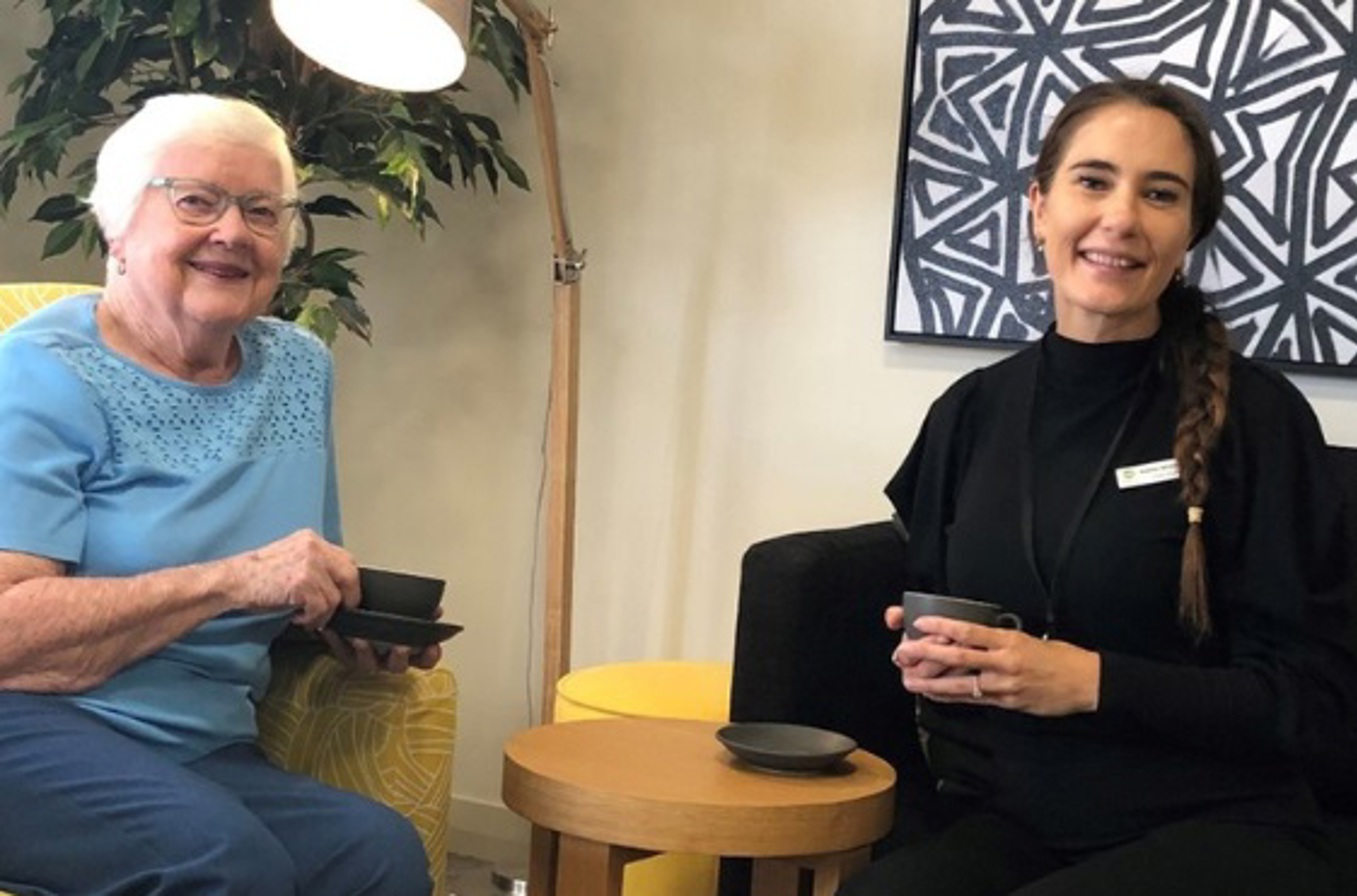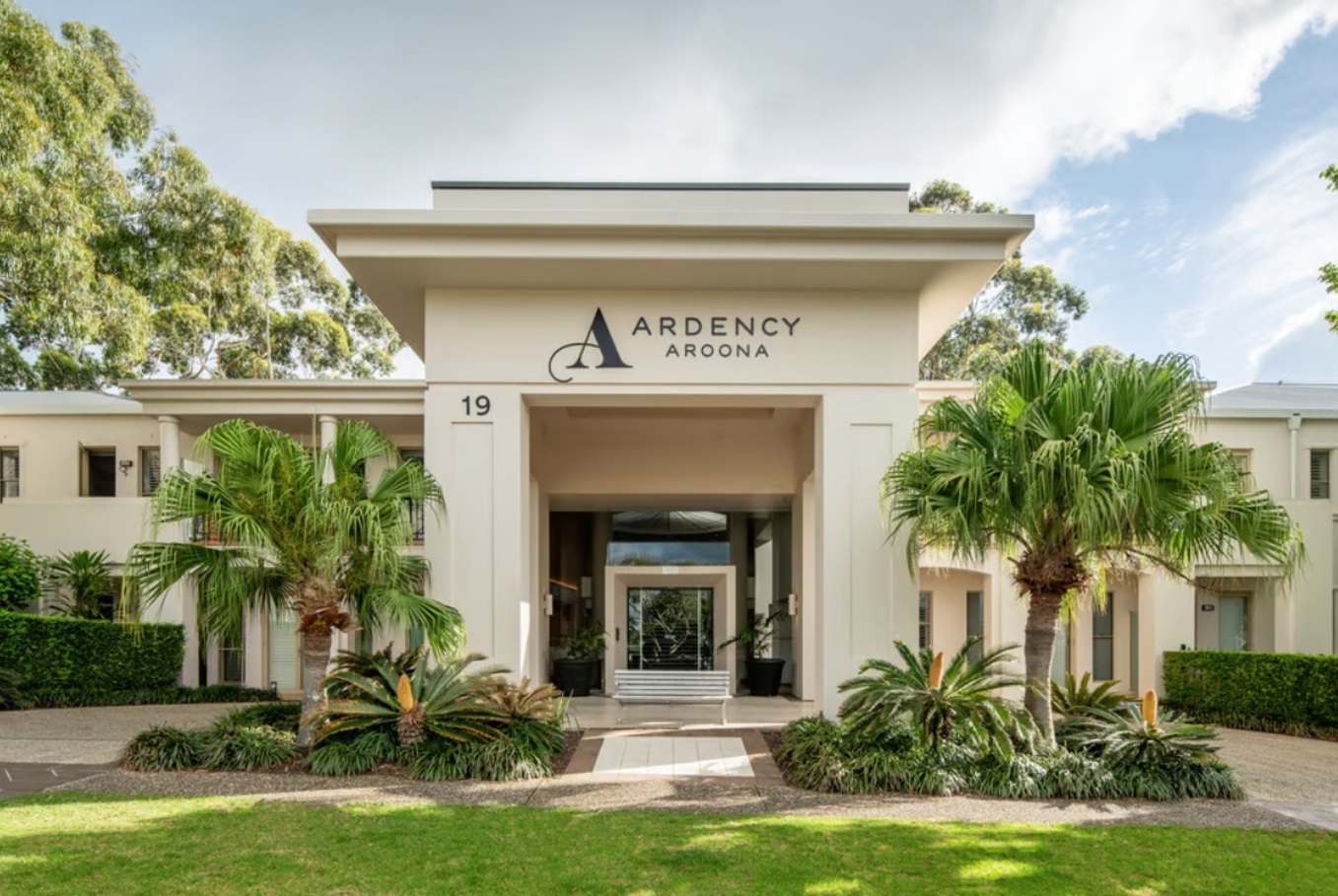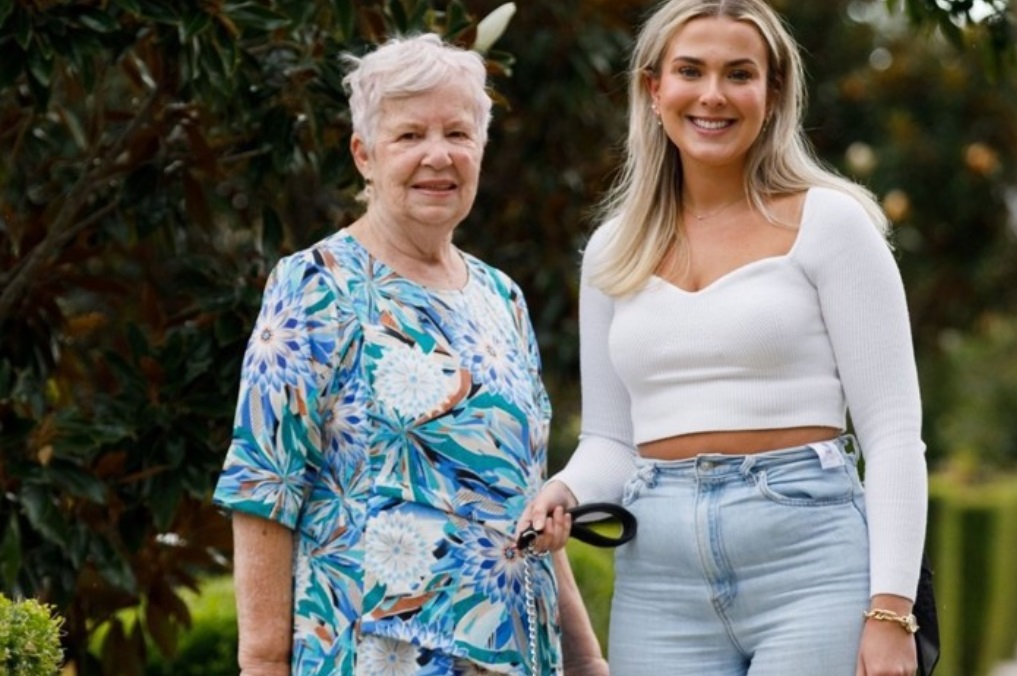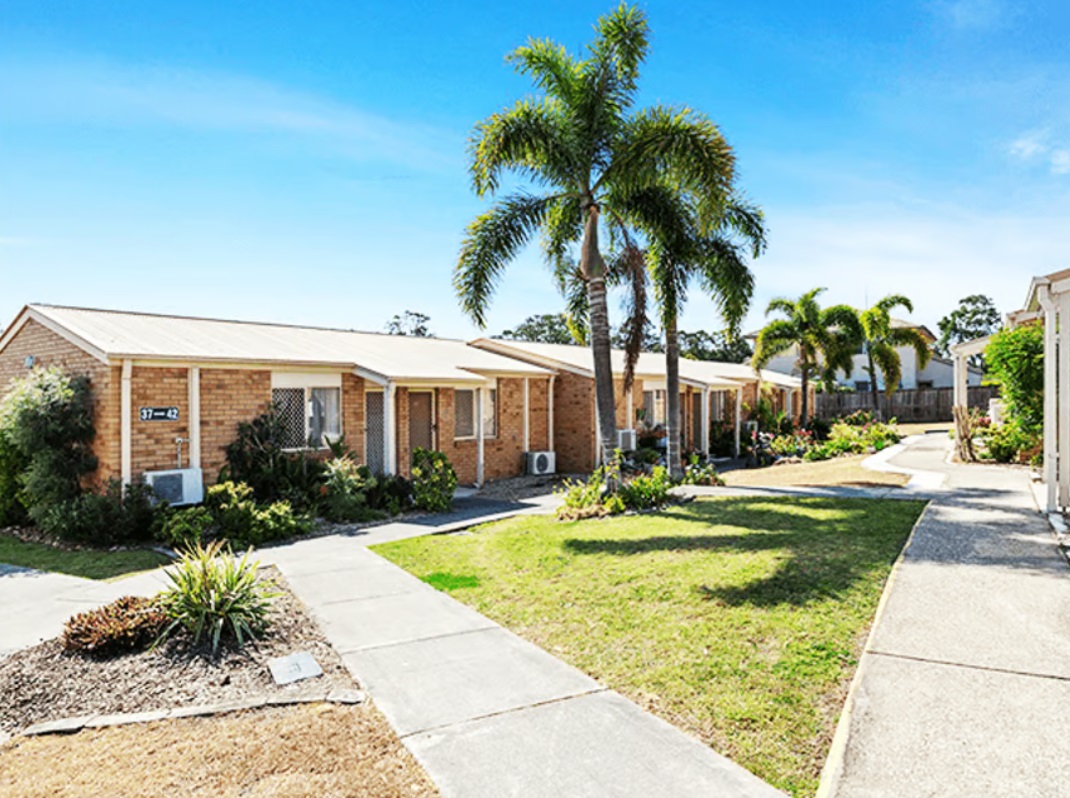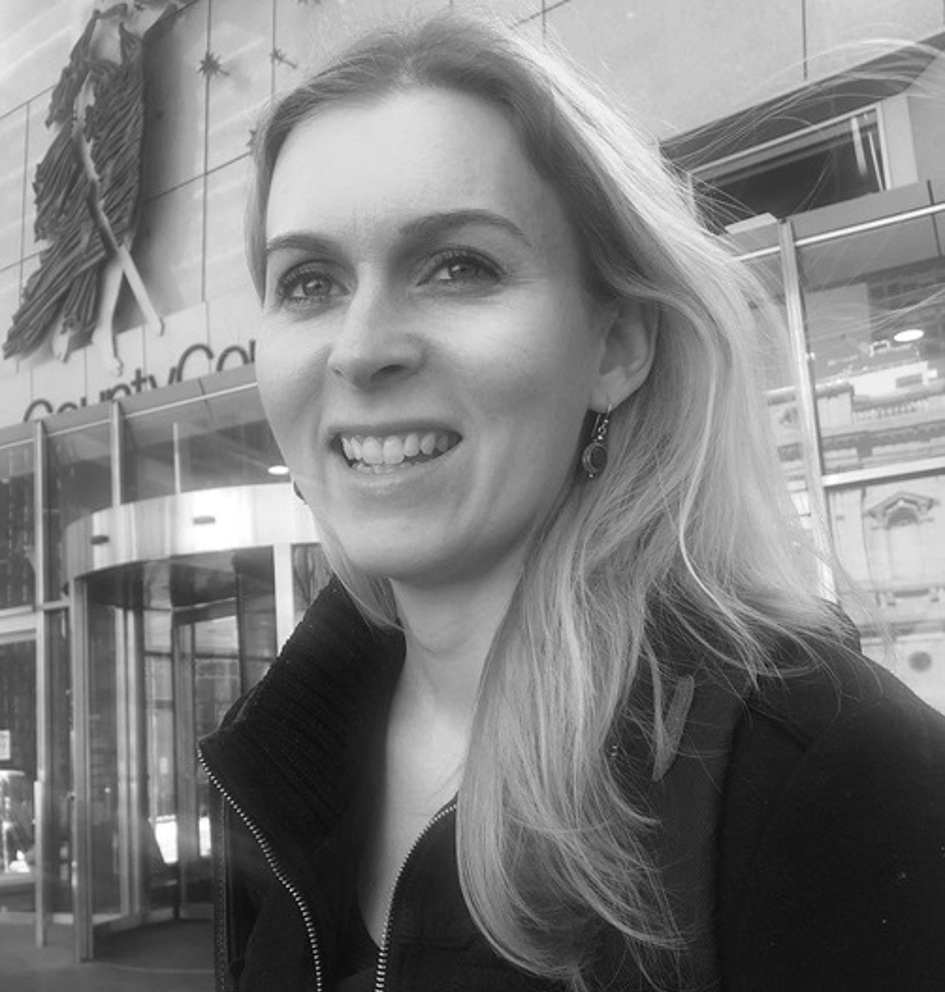What sort of profits do retirement village owners make?
09/04/2024

Image credited to The Verge at Burleigh G.C RetireAustralia
The number of Australians over the age of 75 is expected to increase by 70% over the next six years. The number of Australians over the age of 80 is expected to triple to more than 3.5 million over the next 40 years.
As the number of older people in Australia surges, so too does demand for age-appropriate housing – such as retirement villages, which offer an affordable lifestyle, community, and ongoing health and wellness support.
Indeed, retirement village are one of the most rapidly expanding housing sectors in Australia. In 2014, about 5.7% of the population aged 65 lived in retirement villages. That rate is expected to increase to 7.5% by 2025.
Already, about 260,000 Australians over the age of 65 live in retirement villages.
These demographics have investors keen to capitalise on the ageing population interested in retirement living.
But are retirement villages a good investment? What is the retirement village business model? Should you invest in retirement villages?
The business of retirement villages
Retirement Village revenue generally comes from two main sources:
- The sale price when the developer sells the unit to the resident, and
- Fees the resident pays the operator when they move out and sell their unit.
The ingoing fee gives the resident the right to occupy the property and is determined by market rates.
The outgoing fee that operators receive is deducted from the sale price of the unit. The balance of the proceeds is paid to the outgoing resident. The outgoing fee is the sum of the Deferred Management Fee and other fees, such as renovation, sale and marketing costs. The Deferred Management Fee (DMF) is the fee operators charge for developing, running and maintaining the retirement village. Many retirement villages offer a wide range of lifestyle resources, such as bowling greens, pools, hairdresser salons, and gardens, which are expensive to maintain. Operators may also retain either the whole or a share of the capital gain on the unit sold.
By having a large portion of the unit costs delayed until the resident moves out means the retirement village unit can be offered at lower prices. The average price of a retirement village unit is $516,000 – compared with the median unit price in Australia of more than $600,000.
Some operators also charge regular fees or rent-type payments during the resident’s tenure.
Financial models in retirement village ownership
Operators, which are mainly For Profit, have also been developing innovative financial models.
For example, some retirement villages give residents the option of paying more up front so the fees when they leave are lower. Residents can choose how much they pay in monthly fees, with the more they pay in fees, the more they receive on the sale of their property.
These alternatives have been developed generally to provide consumers with greater certainty about how much they have to pay, and how much they will receive when they leave.
Another alternative model has been land lease, which has become so popular providers are having trouble keeping up with demand. In land lease communities, consumers purchase the home, but the operator retains the land. These homes are very affordable. The average age of entry for land lease residents is 71 – they have become an alternative to retirement villages.
Factors that could influence profitability
As well as increased competition from land lease communities, retirement village operators are seeing their profitability challenged in other ways, too.
Retirement villages are more regulated than most other property sectors. For example, in most states operators are required to provide a guaranteed buyback to residents if their unit is not sold within a set period.
Another risk in the increasing tenure in retirement villages – currently it’s nine years, up 30% from seven years in 2017. The longer residents stay and the less turnover in units, the less opportunity operators have to benefit from exit fees.
There is also a growing trend towards retirement village operators co-locating aged care homes within their sites. For older residents requiring additional support – the average entry age into a retirement village is 75 - home care services can also be delivered into the retirement village. These models, while appealing to consumers and deliver additional customer, also add complexity, regulation, and costs to operations.
The location of the home, the amenities it offers, and the quality of the buildings and facilities will also have an impact on profitability.
Costs are also variable, and labour and building materials prices are currently rising.
Operators are also experiencing difficulties expanding, due to the lack of suitable sites, which may constrain future growth.
Challenges and risks of investing in retirement villages
There are challenges facing the retirement living sector to be considered before making the decision to invest.
The three-year development pipeline has fallen by more than half to 5,100 units compared with the previous forecast of 10,500 units, according to the 2022 PwC/Property Council Retirement Census. The decline is being attributed to higher construction and debt costs as well as economic uncertainty.
Legislative reviews in Victoria, Queensland, South Australia and Western Australia are also constraining new development, as well as adding cost and complexity.
There is also a growing tend towards older Australians staying in their homes for longer and receiving home care packages – which could constrain numbers moving into retirement villages.
Understanding the financial metrics
It takes about 10 years from the time retirement villages start receiving steady income from outgoing fees, such as the DMF. On average, 10% of homes will then resell every year – but it’s variable: some years it may be six that sell, and the next 14.
In other words, it can take a decade before you receive your full income stream – which will constrain profitability in the early years – and even after that time, income can be lumpy.
Key takeaways
If you are going to invest in retirement villages because of the favourable demographics, it’s important to understand the retirement village business model, which is quite heavily regulated and changing to meet the increased demands of the baby boomer generation.
Are retirement homes a good investment? That will depend on what you hope to achieve, your investment time frame, and your current financial situation.
For those considering investing in a retirement village, it’s important to do your due diligence. Speak to your accountant, and learn about the complexities of the sector, the regulatory environment, and the innovative new models operators are developing.

